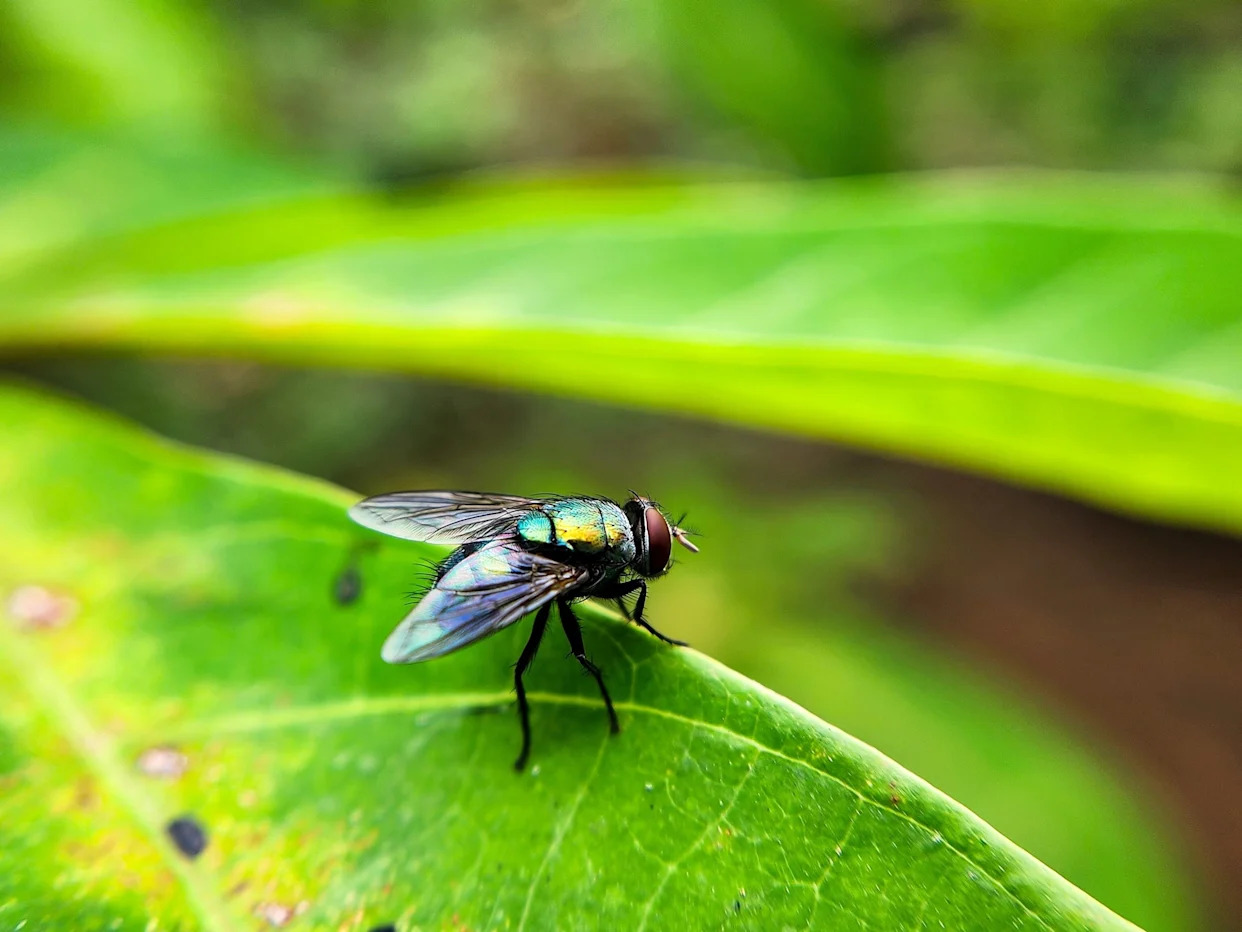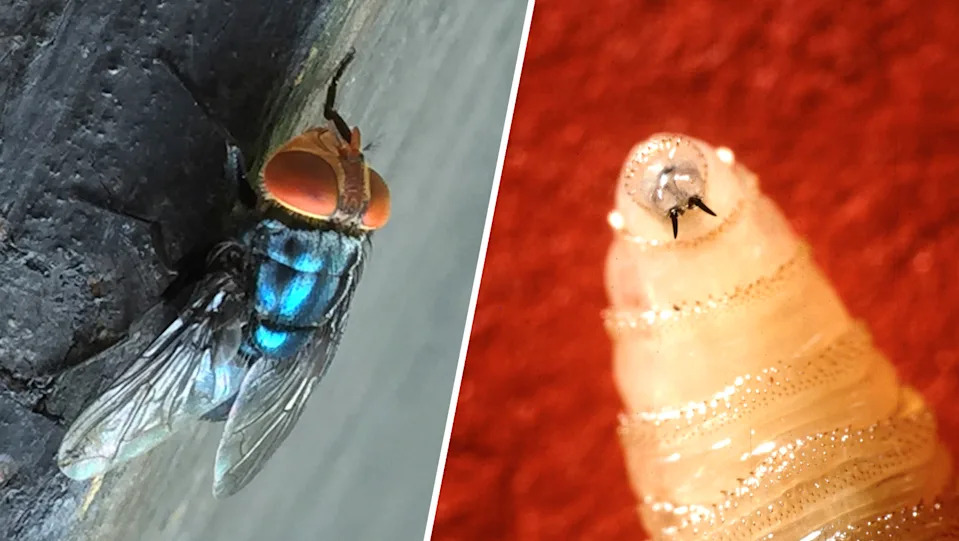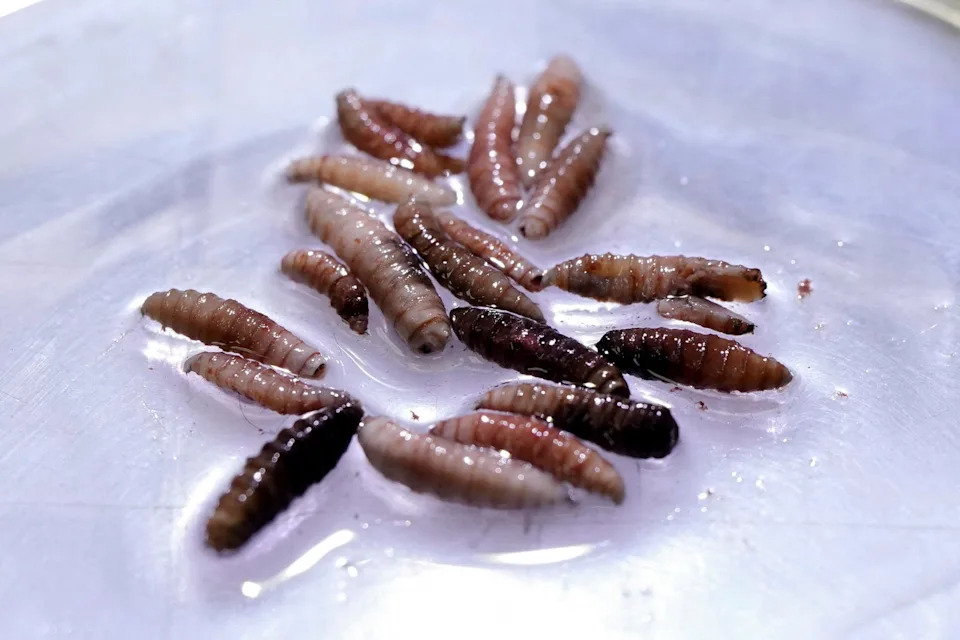
New COVID-19 variant XFG has firmly positioned itself as the predominant strain in the United States as cases continue to crop up nationwide.
Some regions of the U.S. are experiencing higher rates of positive COVID-19 tests than others, though reporting has slowed down enough nationwide that the Centers for Disease Control and Prevention has begun allowing more time to pass between certain types of updates, such as those on variant prevalence.
However, amid the confusion of new strains, changing vaccine guidelines and cuts to vaccine development funding, the CDC continues to track cases, hospitalizations and deaths on a weekly basis.
Here's what to know about the latest data.
How many COVID cases were reported nationwide?
Through the week ending Aug. 16, 9.9% of the 32,998 Americans tested were positive for COVID-19, according to the CDC's latest data. This was an increase of 1.4 percentage points from the week prior.
During the same period, 0.4% of cases resulted in death, the same mark as the week prior, and 1.2% resulted in an emergency room visit, an increase of 0.2 percentage points.
Map of COVID test positivity by region
Western and Southern states, including Washington, Oregon, Idaho, California, Nevada, Arizona, New Mexico, Texas, Oklahoma, Arkansas and Louisiana, as well as Alaska, had higher percentages of positive COVID-19 tests during the week ending Aug. 16.
What is the most common COVID variant?
The CDC has moved toward using longer timeframes to release model-based projections about COVID variants because of low reporting from states. According to the latest data for the two weeks ending June 21, variant NB.1.8.1 was the most common, accounting for 43% of cases, followed by LP.8.1 at 31% of cases and XFG at 14%.
Wastewater data from the CDC, however, is updated more regularly. The most recent data release, which accounted for the week ending Aug. 9, declared XFG the newly predominant strain. Data showed XFG accounted for 65% of the detected variants in wastewater nationwide. LP.8.1 accounted for 7%, while LF.7 and XDV.1 clocked in at 5%.
NB.1.8.1 experienced a meteoric rise to becoming the predominant variant, accounting for 0% of cases in early April and only 10% in the last week of May, up to 24% at the beginning of June and 43% by the end.
XFG, a recombination of variants LF.7 and LP.8.1.2, is on the rise as of late, having been responsible for 0% of U.S. cases through March, 11% by early June and 14% by late June.
What are COVID vaccine guidelines?
A battle around COVID-19 vaccines is ongoing between regulators and health officials, with the American Academy of Pediatrics releasing its own vaccine recommendations on Aug. 19 in a break from federal guidance shaped by Health and Human Services Secretary Robert F. Kennedy Jr.
Kennedy said on May 27 that the COVID-19 vaccine would no longer be included in the CDC's recommended immunization schedule for healthy children and pregnant women, a move that broke with previous expert guidance and bypassed the normal scientific review process.
Under the changes, the only people who will be recommended for COVID-19 vaccines are those over 65 and people with existing health problems. This could make it harder for others who want the COVID-19 vaccine to get it, experts warned.
State health departments and national professional organizations, including the American Medical Association (AMA), American Academy of Pediatrics (AAP) and the American College of Obstetricians and Gynecologists (ACOG), have broken from Kennedy and HHS on these guidelines, suggesting the vaccine for pregnant women and children.
The AAP schedule recommends that all children between six months and 23 months receive the latest COVID-19 vaccine to reduce the chance of serious illness. Children and adolescents aged 2 to 18, without other high-risk factors like immunosuppression, can receive and should be offered the vaccine if they were not previously immunized, according to the guidance.
Updated CDC guidelines refrain from making recommendations and instead suggest parents consult with their child's pediatrician on a case-by-case basis.
What are the symptoms of current COVID-19 strains?
While some people report symptoms like hoarseness or "razor blade throat" being more common with certain variants, health agencies, including the CDC and WHO, note that there is no evidence of specific symptoms being unique to different strains.
The CDC outlines these common COVID-19 symptoms:
◾Fever or chills.
◾Cough.
◾Shortness of breath or difficulty breathing.
◾Sore throat.
◾Congestion or a runny nose.
◾New loss of taste or smell.
◾Fatigue.
◾Muscle or body aches.
◾Headache.
◾Nausea or vomiting.
The CDC advises seeking medical care if you experience any of the following symptoms:
◾Trouble breathing.
◾Persistent pain or pressure in the chest.
◾New confusion.
◾Inability to wake or stay awake.
◾Depending on skin tone, lips, nail beds and skin may appear pale, gray, or blue.
This article originally appeared on USA TODAY: COVID variants, testing, vaccine guidelines: What to know this week






Comments